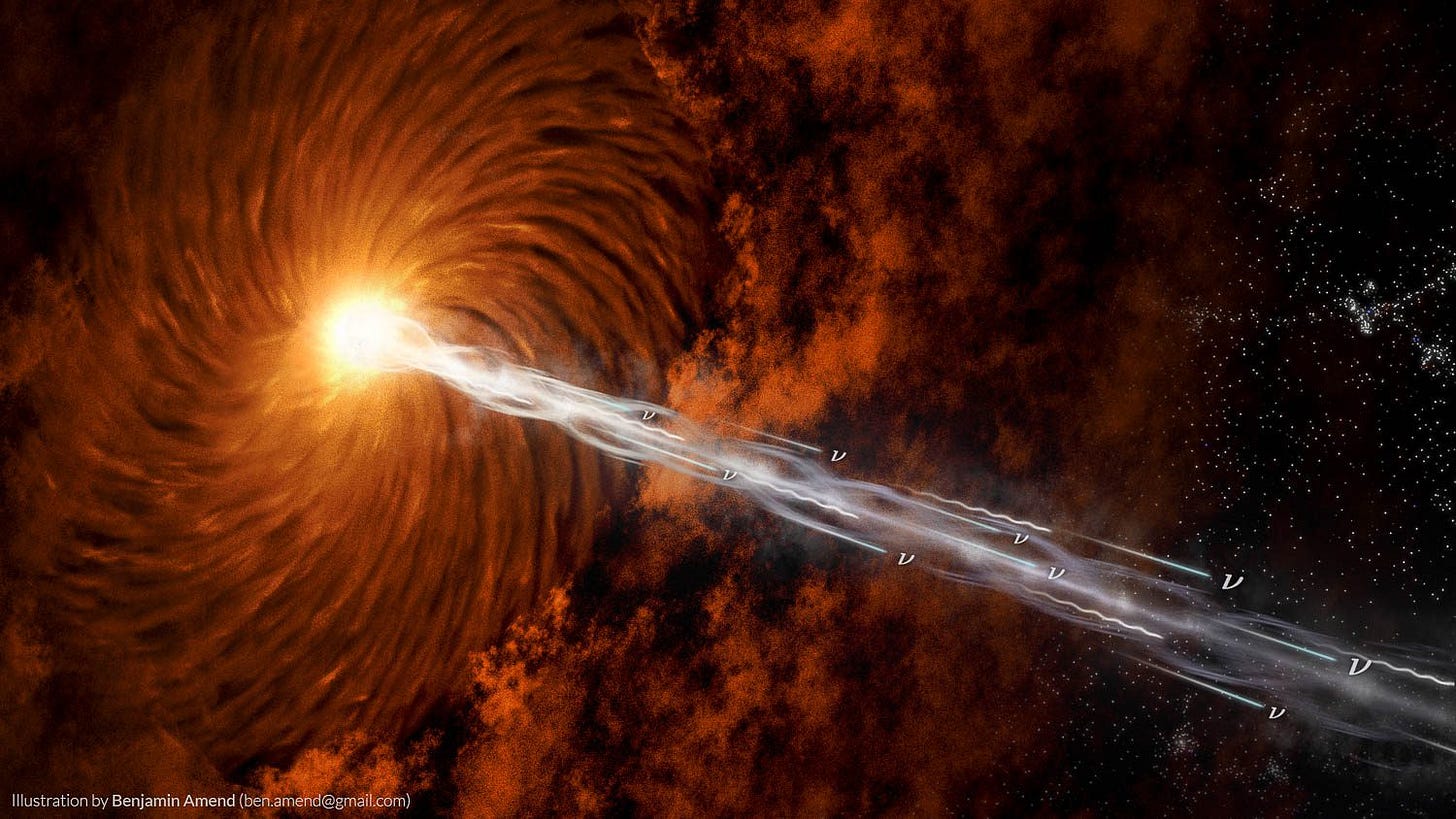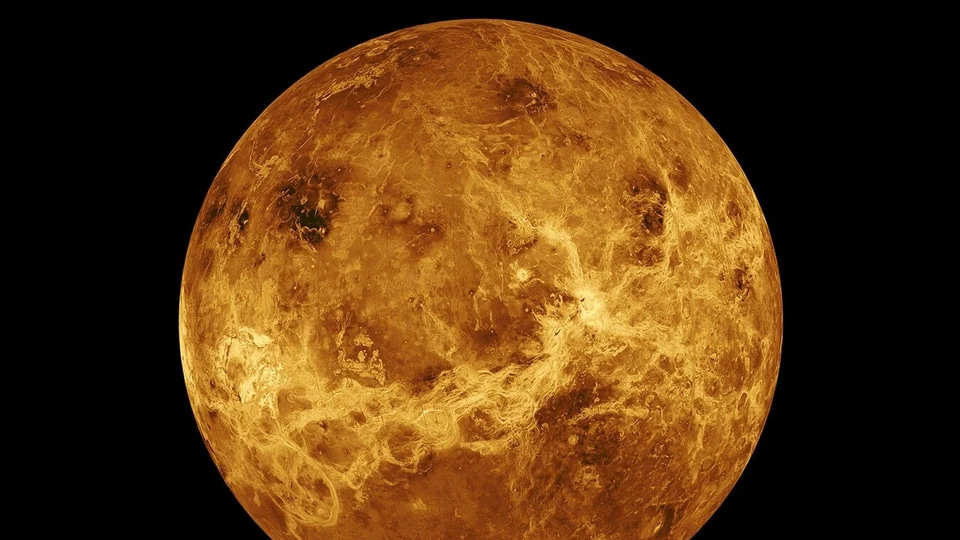Weekly - Scientists trace origins of mysterious cosmic ray to nowhere and more
Weekly Space News - Quick and Easy
China launches experimental internet satellite
The China Aerospace Science and Technology Corp (CASC) launched a few of its latest experimental satellites into orbit last week. The new satellites are designed to test China’s internet technology and also to try and get a better understanding of the requirements needed to make its own mega satellite constellation in the future.
Scientists trace origins of mysterious cosmic ray to nowhere
In 2021 an extremely high energy cosmic ray was detected. Named the Amaterasu particle, this ray was the second most energetic cosmic ray ever detected. At the time the origins and specific nature of it were not completely understood. Last week, scientists working on the Telescope Array Project observatory in Utah, United States were finally able to trace the ray to its origin. But what they found was quite surprising. The region from which the ray originated was an empty void. The ray appears to have come from nowhere. Scientists around the globe are still trying to make sense of this mystery.
Glaciers found on mercury suggest possible life
Last week scientists studying mercury discovered glaciers under the surface of its poles. Unlike other glaciers, these are made of mainly salt than water. Experts believe that these glaciers could create conditions necessary for life under the ground of the small planet. However, this is only a theory right now and has not been confirmed yet. This discovery however shows that glaciers can form on any planet be it hot or cold.
Aditya-L1 to reach orbit by Jan 7
ISRO has recently announced that its Aditya-L1 solar observation mission will reach the Earth-Sun Lagrangian point 1 by January 7, 2024. The L1 orbit is located at a distance of 1.5 million kilometres from the Earth to the sun. Since the craft orbits at L1, it is called Aditya-L1.





